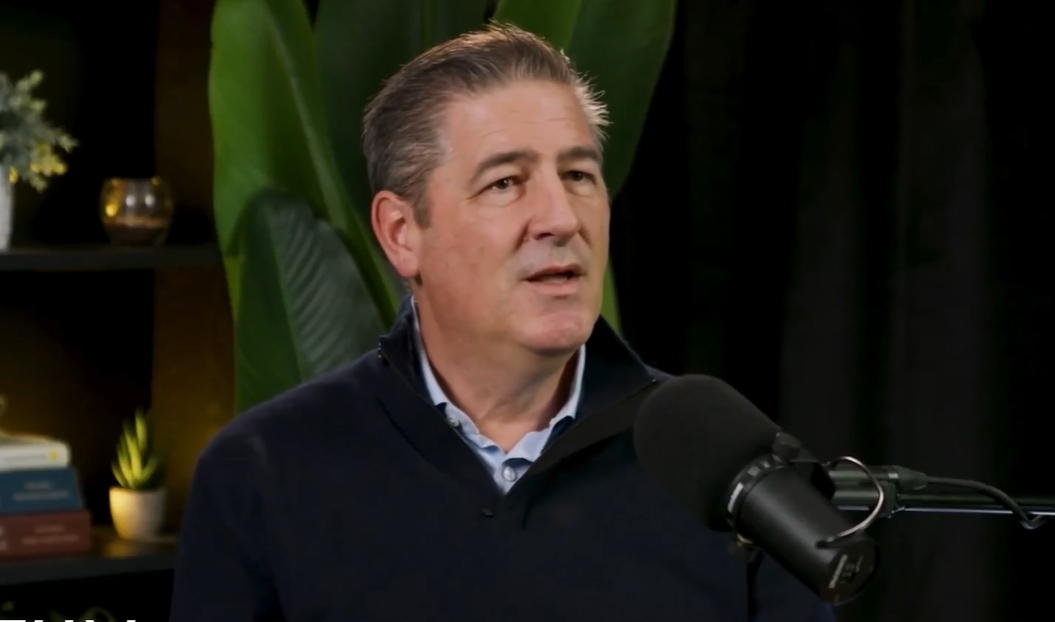Retirement isn’t the finish line—it’s the start of an entirely new financial chapter. Many Boomers believe that once they stop working, the hard part is over, but that’s when the real money management challenge begins. With inflation, healthcare costs, and longer lifespans, savings that once felt secure can drain faster than expected. The old “4% rule” no longer fits every retiree’s situation. Instead, today’s retirees need one key rule that protects income, prevents overspending, and keeps their money lasting as long as they do.
The 3% Withdrawal Rule Is the New Safety Net
Financial planners now recommend a 3% withdrawal rate for retirees who want their savings to last 30 years or more. That means withdrawing no more than 3% of your total portfolio in the first year of retirement and adjusting annually for inflation. For example, if you’ve saved $600,000, your first-year withdrawal should be about $18,000. This lower rate builds a buffer against market downturns and inflation spikes. It’s a conservative but practical approach in an uncertain economy.
Why the 4% Rule No Longer Works
The 4% rule originated in the 1990s when interest rates and bond yields were much higher. Back then, retirees could safely rely on steady returns without touching their principal. But today’s environment is different—volatile markets, longer lifespans, and rising healthcare costs change the equation. If you withdraw 4% or more during bad market years, you risk depleting your nest egg too soon. The new goal is to focus on flexibility, not fixed rules.
Combine Steady Income Streams with Flexible Withdrawals
To make your savings last, pair your withdrawal strategy with guaranteed income sources. Social Security, pensions, and annuities provide a consistent cash flow even during market dips. Then, use investment withdrawals to cover variable expenses like travel or home projects. This mix ensures stability while preserving investment growth. By balancing guaranteed and flexible income, you create a sustainable retirement “paycheck” that adjusts to real-life needs.
Rethink What “Safe” Investments Really Mean
Many Boomers assume that shifting heavily into bonds or CDs guarantees safety—but inflation can quietly erode their real value. A diversified portfolio with a moderate share of equities (about 40–50%) helps protect purchasing power. Stocks provide growth potential, while bonds add stability. The key is maintaining balance, not avoiding risk altogether. A well-structured portfolio reduces anxiety and supports a steady 3% withdrawal plan.
Track Spending as Closely as You Track Returns
Most retirees underestimate how quickly small expenses add up. Subscriptions, dining out, and travel can quietly eat into savings faster than expected. Tracking spending monthly—especially in the first two years of retirement—sets the tone for long-term success. If you overspend early, you’ll need to withdraw more, putting future income at risk. Staying mindful of both returns and expenses keeps your strategy sustainable.
Build an Emergency Fund That Buys Time
Even in retirement, an emergency fund is critical. Unexpected medical bills, home repairs, or market drops can derail your plans if you’re forced to withdraw during downturns. Having 12 to 24 months of expenses in cash gives you time to recover without dipping into investments. This buffer protects your portfolio’s long-term growth. Think of it as insurance against emotional decisions during stressful moments.
Consider “Bucket” Strategies for Simplicity
A bucket strategy divides your money into short-term, medium-term, and long-term accounts. The short-term bucket covers living expenses for two to three years, the medium bucket holds bonds or income funds, and the long-term bucket stays invested in growth assets. This method simplifies withdrawals and reduces panic during market dips. As each bucket empties, you refill it from the next one. It’s a structured way to stay calm—and consistent—with your withdrawals.
The Hidden Power of Delaying Social Security
Every year you delay claiming Social Security after full retirement age increases your benefit by about 8% up to age 70. That higher guaranteed income reduces how much you need to withdraw from savings early on. For many retirees, waiting a few years can add hundreds of dollars to their monthly checks for life. The longer you can rely on a guaranteed income, the less you’ll need to drain from your portfolio. Strategic patience here pays off for decades.
The One Rule That Keeps You Secure
The single most important savings rule post-retirement is simple: Spend less than your investments can safely replace. That means planning withdrawals around your income, not your impulses. Staying below 3%—and adjusting as markets change—keeps your money working for you, not against you. Boomers who follow this disciplined approach don’t just avoid running out of cash—they enjoy more freedom, fewer worries, and a smoother retirement journey.
Have you adjusted your withdrawal rate since retiring, or are you still following the 4% rule? Share your approach below!
You May Also Like…

Teri Monroe started her career in communications working for local government and nonprofits. Today, she is a freelance finance and lifestyle writer and small business owner. In her spare time, she loves golfing with her husband, taking her dog Milo on long walks, and playing pickleball with friends.




























